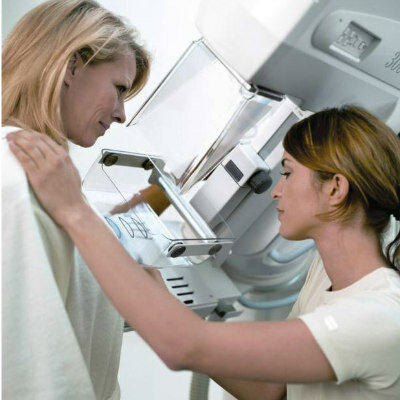Breast Cancer Patients with Young Children undergo Radiotherapy Less Often
By MedImaging International staff writers
Posted on 15 Jan 2014
Radiotherapy (RT) after breast-conserving surgery (BCS) can slash the chance of breast cancer (BC) recurrence. However, although younger women tend to have more aggressive tumors and have higher risks of recurrence than older BC patients, they are less likely to receive RT after BCS.Posted on 15 Jan 2014
The new findings were published December 24, 2013, in the Journal of the National Cancer Institute. Although treatment patterns among older BC patients have been well studied, factors affecting noncompliance among younger women are not well known.
To compare RT use by women over family structures, different ages, and regions of residence, I-Wen Pan, PhD, formerly a research scientist at the research group led by Dr. Ya-Chen Tina Shih from the University of Chicago (IL, USA) and colleagues used a US database to review medical and prescription records of 21,008 patients with insurance coverage who were diagnosed with invasive BC and who received BCS between January 2004 and December 2009.
The researchers excluded patients with a prior history of breast cancer, RT before BCS, mastectomy within 12 months of BCS, and distant metastasis. They discovered that patients 50 years or younger were less likely to receive RT than those in older age brackets. They also found that a woman was less likely to receive RT if she had at least one child less than seven years old, compared with women who had no or older children. Although other factors such as insurance type, receiving BCS further from home or in an outpatient setting, and living in a region with lower education level could be potential hurdles to receiving RT at any age, the link between young children and lower utilization of RT was statistically significant only for women aged 20–50 years.
The authors pointed out that, “The receipt of RT after BCS represents one aspect of quality cancer care.” They concluded that improving overall quality of BC care could improve RT compliance, but that “additional work is needed to [...] develop robust interventions tailored to the unique needs of younger cancer patients.”
Related Links:
University of Chicago






 Guided Devices.jpg)







